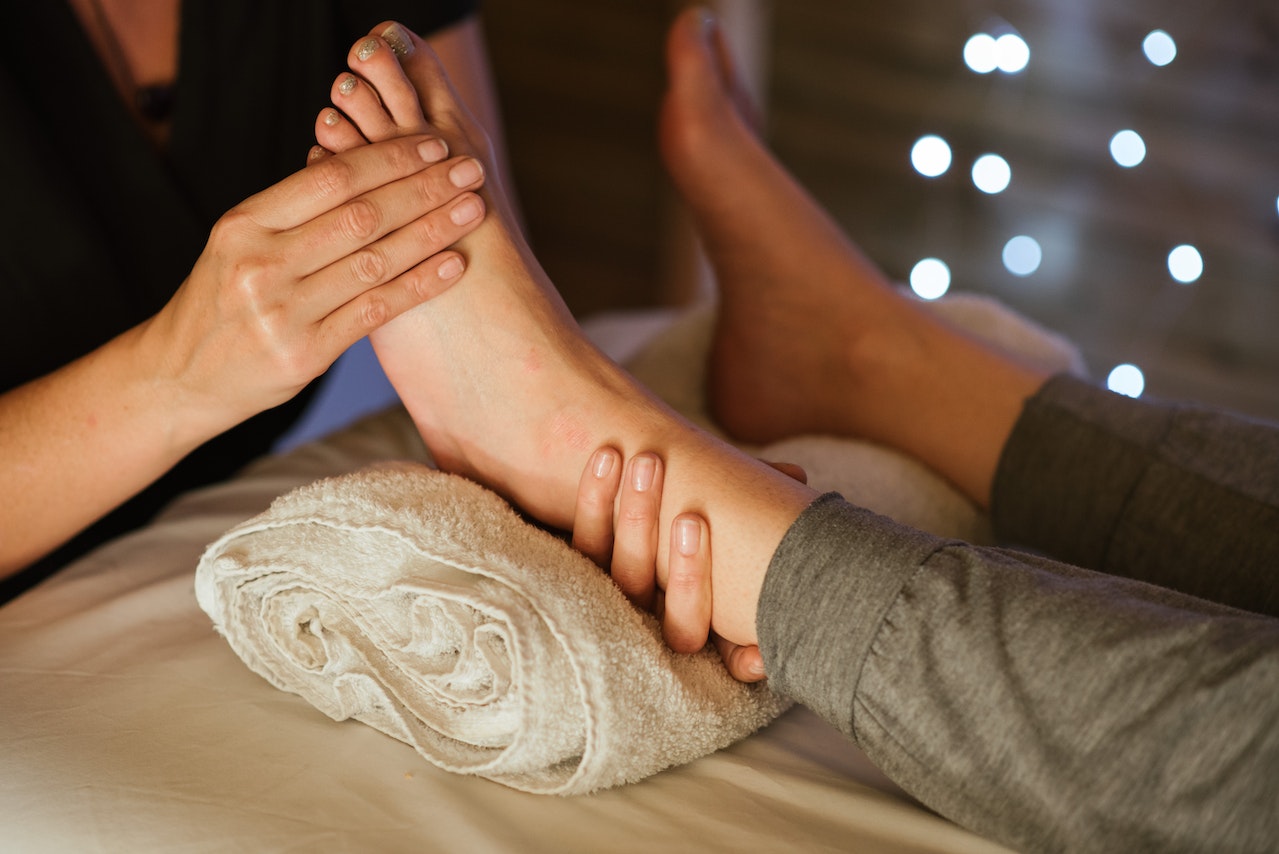Diabetic foot ulcers are a common complication that up to one-third of people with diabetes will develop during their lifetime. About 70% of those who develop an ulcer experience a worsening condition within five years; this statistic shows how crucial prevention is. When you prevent ulcer formation, you also avoid the risks associated with ulcers, including infections and amputations. Your trusted Newnan Diabetic Wound Care Center, Peachstate Advanced Cardiac and Endovascular (PACE) offers regular examinations to help spot medical issues and offer effective treatment options in good time. Below are other prevention steps that you can take to reduce your risk of developing an ulcer.
Examine your feet every day
Inspecting your feet is an important part of your everyday routine if you have diabetes. If you can’t examine your feet, ask a family member to help you. When inspecting your feet, look for scratches, blisters, cuts, and ingrown toenails. Check the bottom of your feet, as blisters are common in that area. You also want to monitor your feet for signs of infection, such as redness, warmth, and swelling. Seek treatment right away if you spot any of these symptoms.
In addition to your foot examinations, regular podiatric care is vital to ensure your feet are healthy. A session with a podiatrist may entail toenail trims, corn removal, and removal of excess skin from calluses. Your specialist can also perform diagnostic tests such as vascular ultrasounds and nerve conduction studies to assess the health of your feet.
Wear proper footwear
Your shoes should always be comfortable, with enough room for your toes. Wearing tight shoes increases your risk of blisters and other foot problems like bunions and ingrown toenails. Your foot size and width may change over time, so you should always have your foot measured before you buy new shoes. A well-fitting shoe provides ample arch support and has half an inch of space between the toes and the tip of the shoe.
Consider wearing socks that don’t have an elastic band since it restricts blood flow to the foot. Your socks should also be dry and clean; if you have sweaty feet, carry extra pairs that you can change into. Podiatrists recommend against walking barefoot and wearing sandals; this exposes your feet to concrete, sand, or splinters which may scrape your foot. It is also best to avoid high-heeled shoes since they put excess stress on the front of your foot and can pinch the skin and cause blisters.
Control your blood sugar
It is important to monitor your blood sugar level since glucose levels in the bloodstream increase your risk of diabetes-related complications such as poor-healing sores, vision loss, kidney disease, and heart disease. Diabetes management includes monitoring blood sugar, taking medication, exercising regularly, and following a balanced diet.
Quit smoking
Cigarettes and other tobacco products contain chemicals that narrow your blood vessels, limiting blood supply to your legs; this prevents full recovery from a foot ulcer. Your primary care provider can offer you the tools and support you need to quit smoking.
If you have diabetes, consult your provider at Peachstate Advanced Cardiac and Endovascular (PACE) to learn more about diabetic ulcer prevention.




